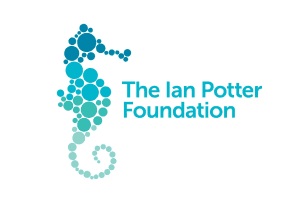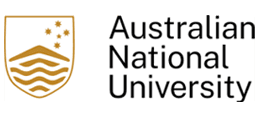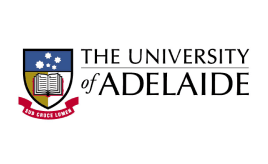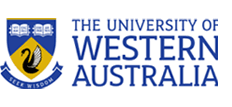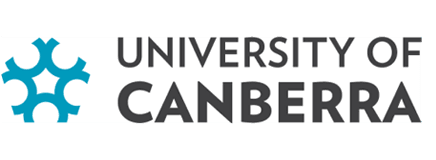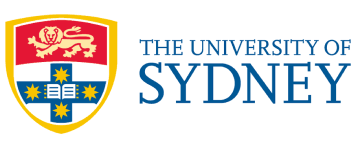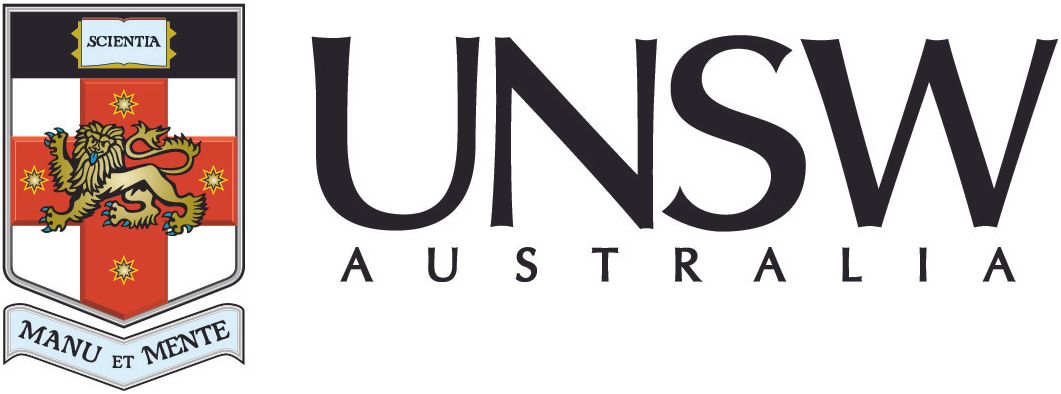Minister’s commitment to investigate algal bloom impacts on marine species welcomed, but challenges flagged
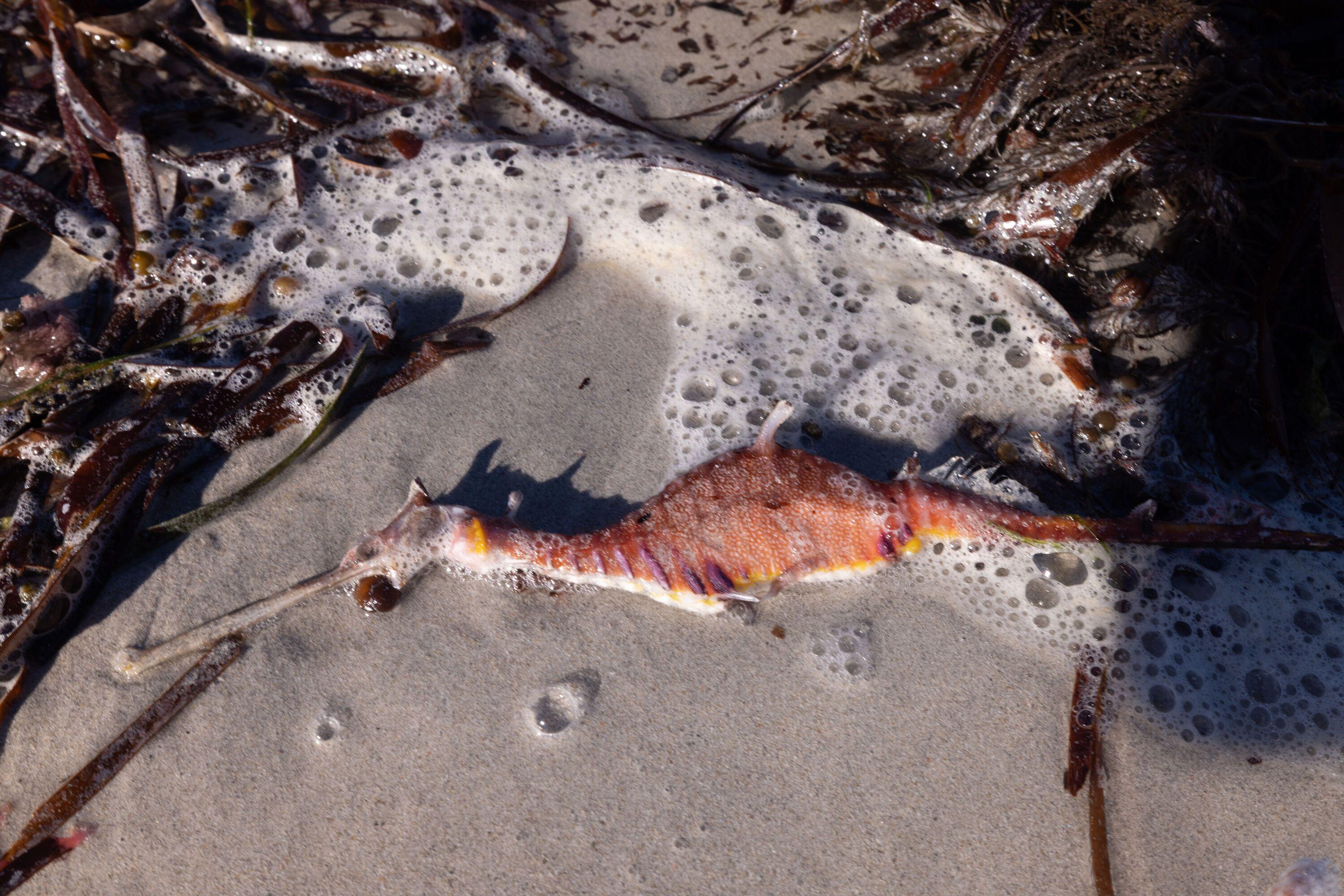
Image: Stefan Andrews, courtesy Great Southern Reef Foundation.
Media Release
13 August 2025
The Biodiversity Council welcomes Federal Environment Minister Murray Watt's commitment to expedite an expert assessment of the impact of South Australia’s toxic algal bloom on marine life.
Biodiversity Council CEO James Trezise said, “Understanding the impacts of the bloom and broader marine heat wave on marine species is valuable, as some species may benefit from management changes to support their recovery.
“Healthy oceans that support sustainable fisheries are important to Australia’s food security and to the industries and communities that depend on ocean ecosystems for their livelihoods and identity.
“Most of the species impacted by the bloom are unique to the Great Southern Reef. This 8,000km reef stretches from WA to NSW and contributes $12 billion per year to the Australian economy - twice as much as the Great Barrier Reef.”
“Alongside these assessments, we need to see a commitment from the government to fund recovery efforts, tackle the drivers of this algal bloom and develop better responses to environmental disasters across the Commonwealth.
“That will be a key test for the government moving forward.”
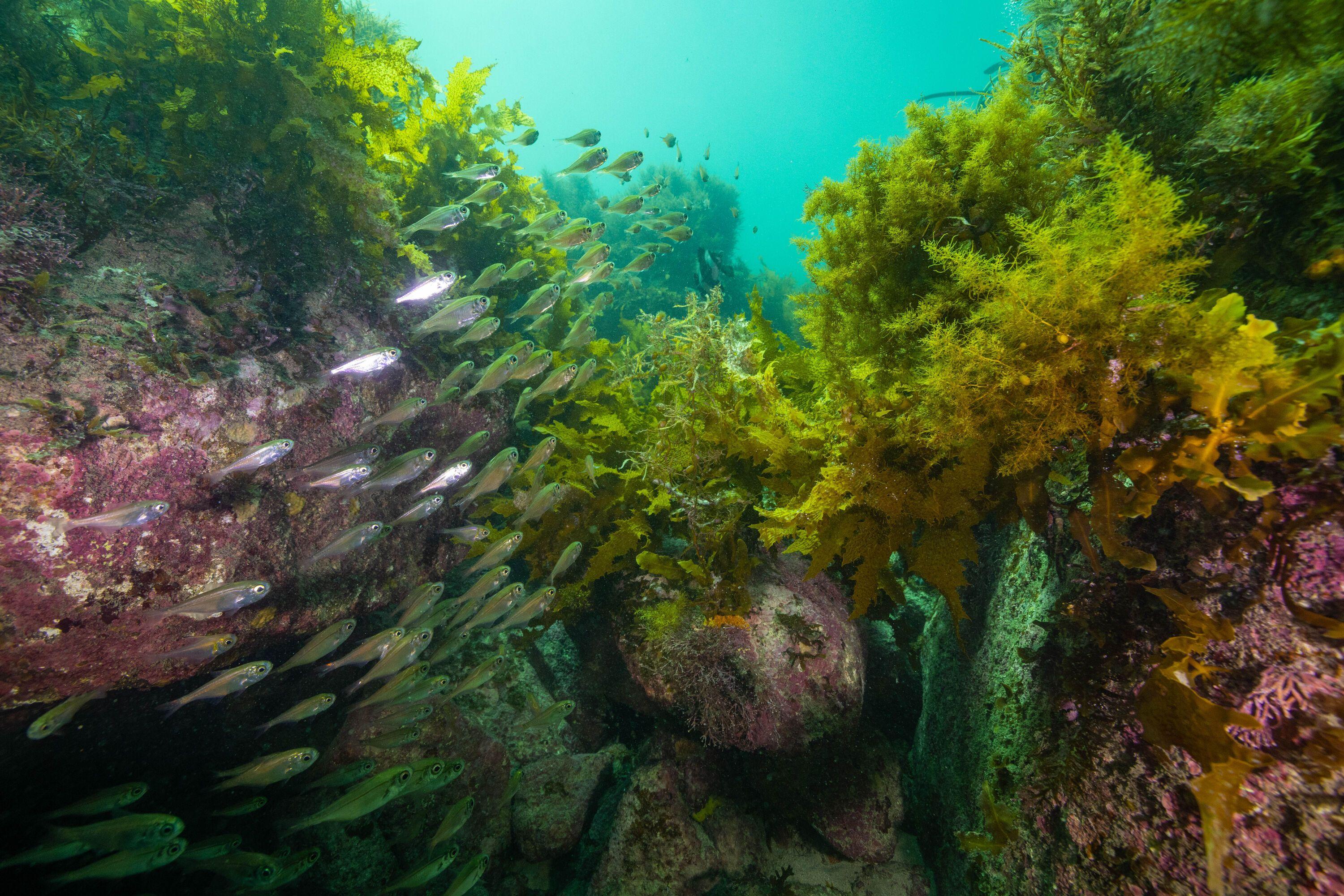
The Great Southern Reef stretches 8,000km and contributes $12 billion per year to the Australian economy. Image: Stefan Andrews, courtesy Great Southern Reef Foundation.
The announcement stated that the assessments would help to understand whether any local flora and fauna need to be added to the threatened species list, similar to the assessments undertaken following the Black Summer bushfires.
This is welcomed where possible; however, data do not currently exist for most marine species to enable them to be assessed using Australia’s threatened species listing criteria, which are the same criteria used by the IUCN to produce their Red List.
Species assessments should also consider cultural significance. And in addition to looking at individual species, it is important to assess impacts to whole ecosystems and their connections.
Biodiversity Council member Professor Nicki Mitchell from the University of Western Australia’s Oceans Institute said, “Listing species that are at risk of extinction can be an important first step in their recovery, if listing generates good planning and investment in management.
“However, assessing marine species against listing criteria is often difficult due to a lack of suitable data on population trends.
“For example, many terrestrial species are listed as threatened because of documented reductions in how many there are over a certain number of generations, or because we know they occur across relatively small areas, or in small habitat patches. We do not have similar certainty in these types of information for most marine species.
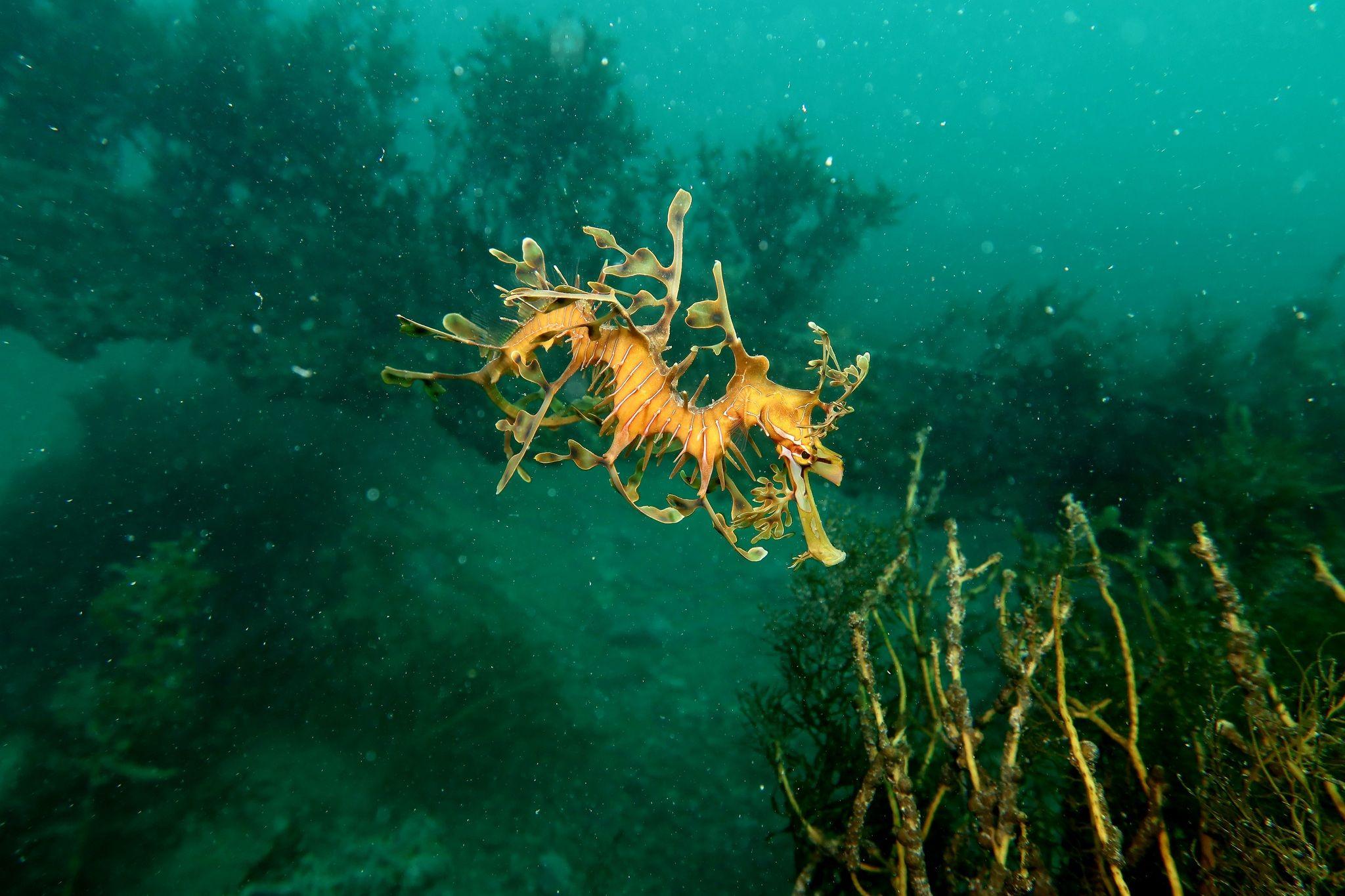
Limited historical data may affect whether marine species are eligible to be listed as threatened. Image: David Spencer Muirhead / iNaturalist CC BY-NC
“The best data is likely to come from commercially significant fisheries species, where metrics such as catch per unit effort can be used to estimate population trends. If declines can be confirmed, then fisheries management can be adjusted.
“For example, after a marine heatwave in Western Australia in 2011, some scallop fisheries were closed for five years to support their recovery.
“Investing in scalable and robust methods to monitor population dynamics of non-commercial species would be very helpful for future conservation assessments.
“Marine species are going to be hit time and time again by impacts from climate change; we will be in a much better position to demonstrate extinction risk if we have appropriate monitoring and life history data to draw upon.
“Given that even declining species may never be listed due to data deficiency, governments, industries and communities should take a precautionary approach, working to reduce harmful impacts on our coasts and oceans.
“The key steps needed to ensure the health of our ocean environments are: accelerating decarbonisation to limit climate warming, reducing human sources of pollution, preventing habitat destruction, and restoring lost ecosystems.
“Kelp forests, seagrass meadows and shellfish reefs play a crucial role in filtering seawater and boosting the resilience of coastal marine environments to nutrient pollution and algal blooms.”
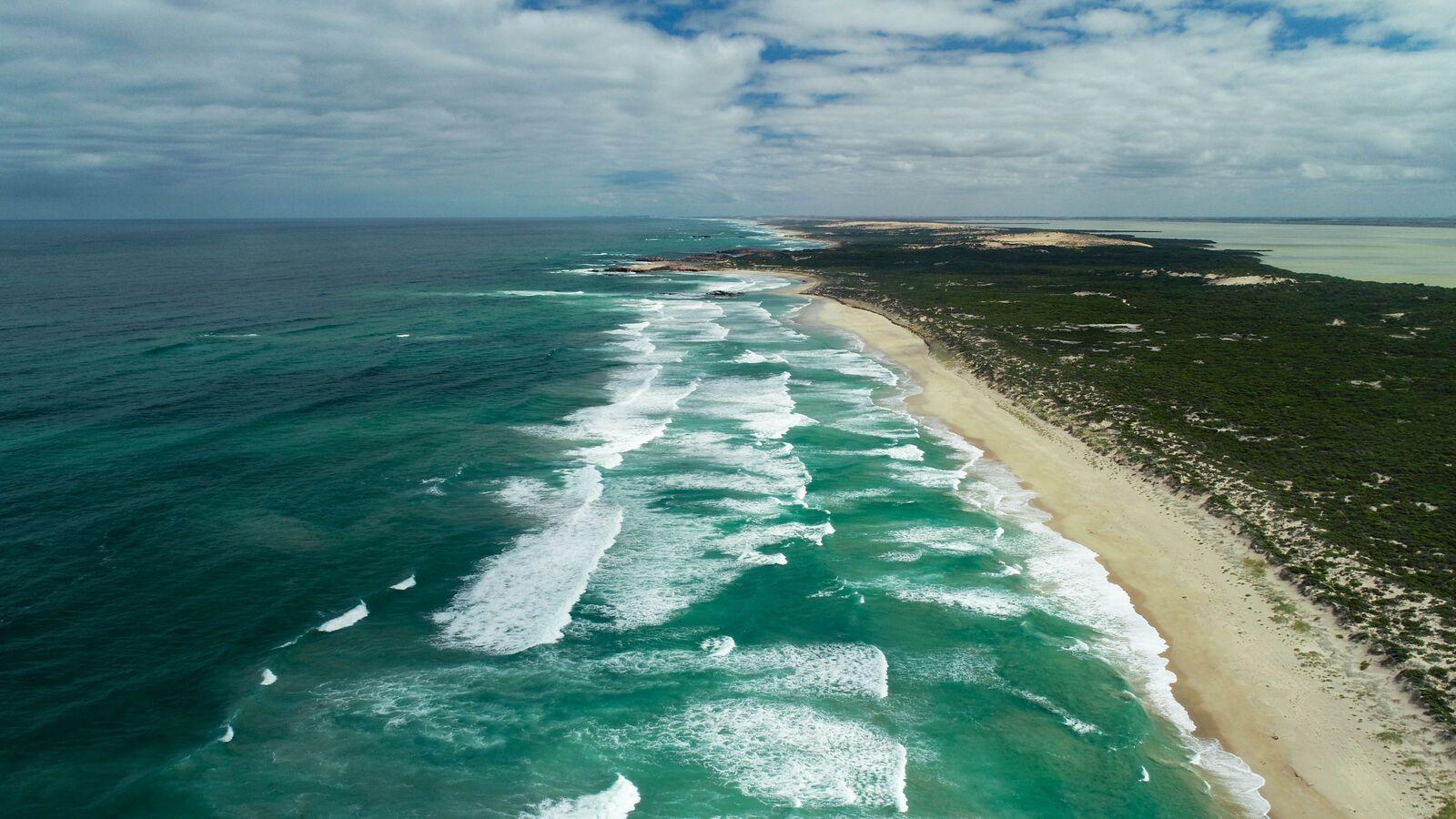
The Great Southern Reef lacks a well-designed long-term monitoring program like that of the Great Barrier Reef. Image: Stefan Andrews, courtesy Great Southern Reef Foundation.
Biodiversity Council Co-Chief Councillor Professor Hugh Possingham from the University of Queensland said:
“You cannot protect what you cannot measure. Despite its global biodiversity significance and economic importance, the Great Southern Reef, lacks a well-designed long-term monitoring program.
“The Australian Government should move urgently to establish a long-term monitoring program for the Great Southern Reef with funding at least equivalent to the Great Barrier Reef’s Reef Integrated Monitoring and Reporting Program (RIMReP) which is $40 million over 10 years.
“Such an investment represents just 0.04% of the Great Southern Reef’s annual economic value - a prudent step to protect one of our most important natural assets.”


